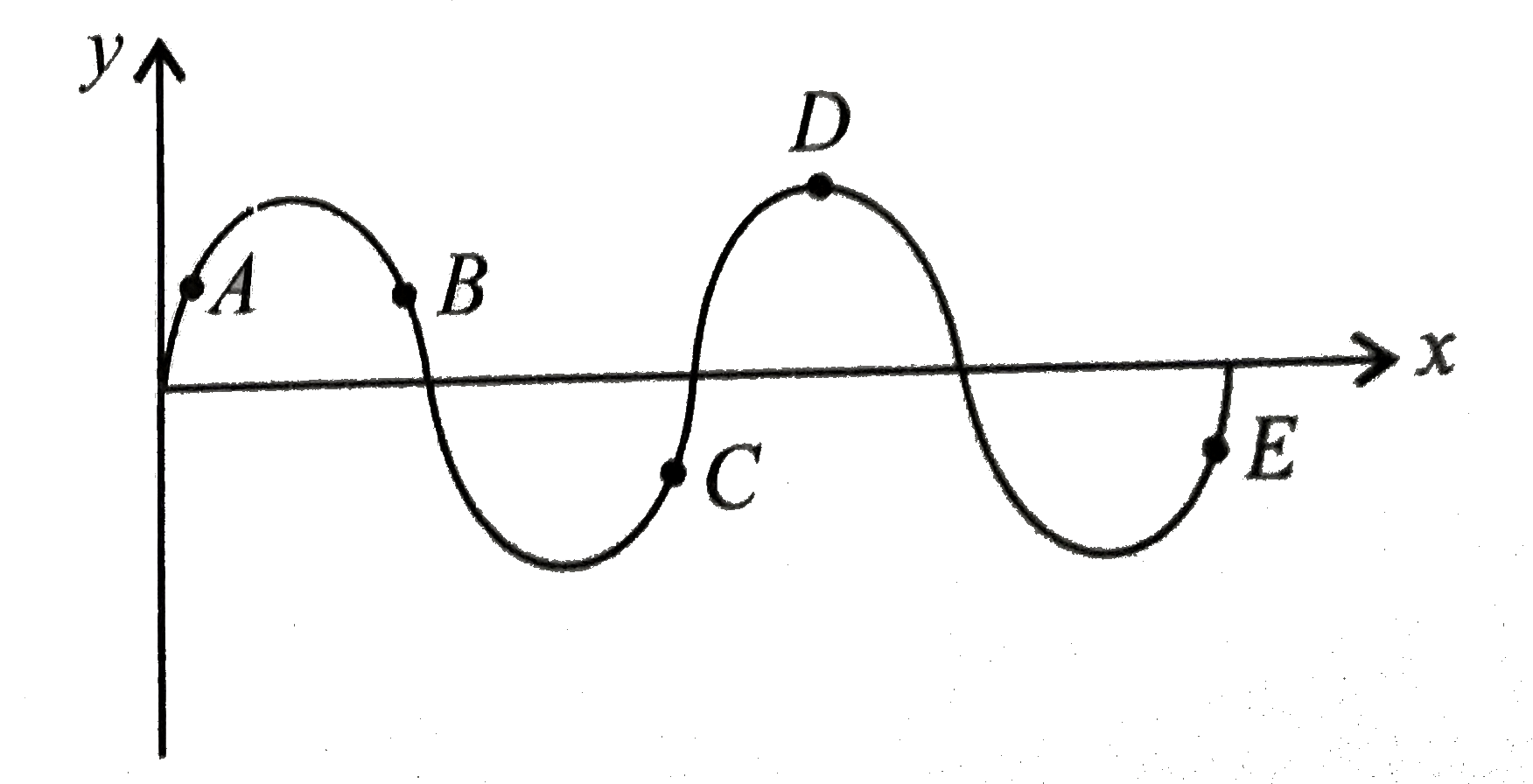The amplitude factor of resulting wave, formed by superposition of two sinusoidal waves of equal amplitude a and constant phase difference is given by
2acosϕ
2acos(ϕ2)
2acos(ϕ3
Zero
The correct Answer is:B
Step by step video & image solution for The amplitude factor of resulting wave, formed by superposition of two sinusoidal waves of equal amplitude a and constant phase difference is given by by Physics experts to help you in doubts & scoring excellent marks in Class 12 exams.
Related Playlists
Similar Questions
Determine the amplitudes of the resultant motion when two sinusoidal waves of same frequency , travelling in the same direction are combined . Their amplitudes are 3.0cmand4.0cm and they differ in phase by π/2radians.
View SolutionOne of the components of frequency of amplitude modulated wave (AM) formed by the superposition of message signal of frequency ω1 on a carrier wave of frequency ω2 is
View SolutionFind the resultant amplitude and phase of a point at which N sinusoidal waves interfere. All the waves have same amplitude A and their phases increase in arithmetic progression of common difference ϕ.
View SolutionThe resultant amplitude, when two waves of two waves of same frequency but with amplitudes a1 and a2 superimpose at phase difference of π/2 will be :-
View SolutionThe amplitude of two interfering waves are a and 2a respectively. The resultant amplitude in the condition of constructive interference will be:
View SolutionFigure shows a sinusoidal wave at a given instant.

Which points are in phase?View SolutionA travelling wave of amplitude 5A is partically reflected from a bounday with the amplitude 3A. Due to superposition of two waves with different amplitude in opposite direction a standing wave pattern is formed. Datermine the ratio of amplitude at antinode to node.
View SolutionA particle is subjected to two simple harmonic motions in the same direction having equal amplitudes and equal frequency. If the resultant amplitude is equal to the amplitude of the individual motions, find the phase difference between the individual motions.
View SolutionA particle is subjected to two simple harmonic motions in the same direction having equal amplitudes and equal frequency. If the resulting amplitude is equal to the amplitude of individual motions, the phase difference between them is
View SolutionA particle is subjected to two simple harmonic motion in the same direction having equal amplitudes and equal frequency. If the resultant amplitude is equal to the amplitude of the individual motions. Find the phase difference between the individual motions.
View Solution


